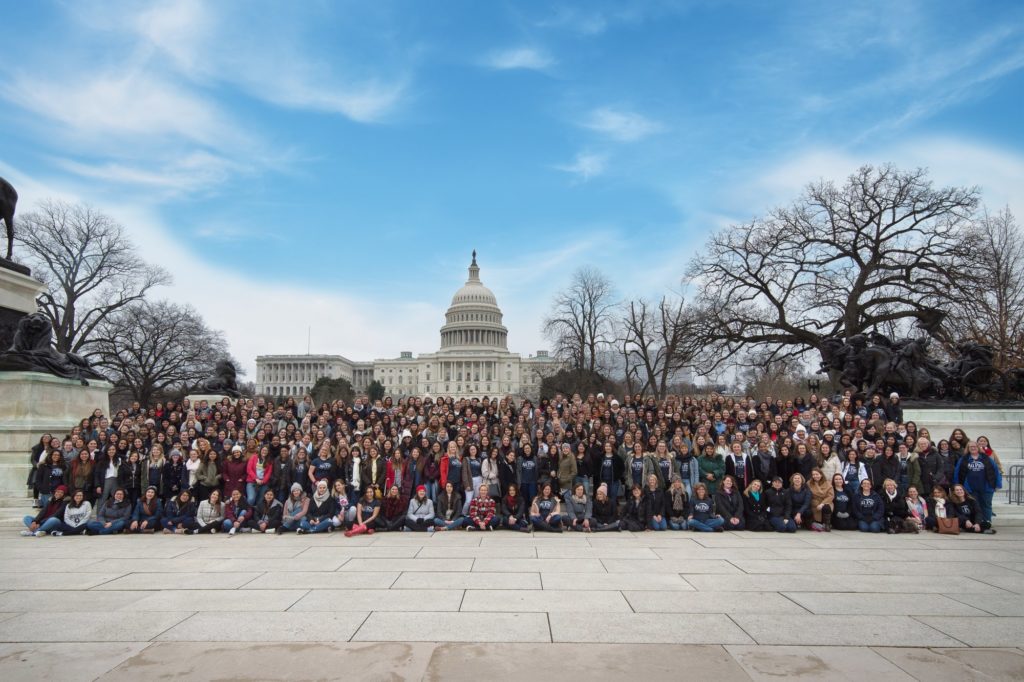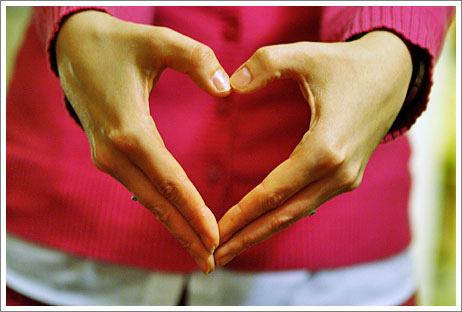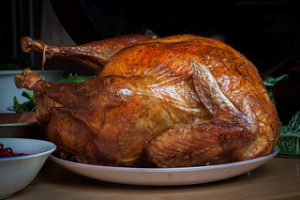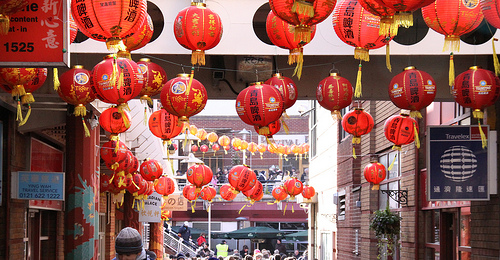What is Global Awareness?
The Global Awareness program brings expanded educational and cultural opportunities to the forefront for au pairs. It gives them the opportunity to share their culture with others.

How do au pairs get involved?
Au Pairs can volunteer in pre-school, elementary and middle school classrooms. They have the opportunity to share their culture, customs and language with young American children. The mission of this volunteer experience is to bring multi-cultural understanding into the classrooms and help children form positive first impressions of people from other countries. Visit the Get Involved page of our website for all the info you need to get started.
Is Global Awareness just for schools?
No. Au pairs have done presentations for scout groups, at birthday parties and at children’s story times.
Are you interested in scheduling a Global Awareness presentation?
Teachers, parents or others who would like to schedule a presentation, please visit the Global Awareness website for more information and a contact link.
How can Global Awareness help host parents?
Global Awareness offers a webinar series for host parents. The goal is to increase their cultural awareness, improve communication with their au pair and ensure the most successful exchange possible. Your community counselor can provide you with the webinar schedule and how to register.




 Almost everyone experiences homesickness and culture shock to some degree, when they come to live in a completely new environment. So much is different and it takes time to adjust.
Almost everyone experiences homesickness and culture shock to some degree, when they come to live in a completely new environment. So much is different and it takes time to adjust.
 Homesickness can be a problem during the holidays, even if it hasn’t been at any other time of the year. Au pairs often miss their friends and family, familiar places and their own traditions and customs. The holiday activities in the United States seem, and may actually be, different just at a time when an au pair would welcome something familiar.
Homesickness can be a problem during the holidays, even if it hasn’t been at any other time of the year. Au pairs often miss their friends and family, familiar places and their own traditions and customs. The holiday activities in the United States seem, and may actually be, different just at a time when an au pair would welcome something familiar.  Thanksgiving is a public holiday celebrated on the fourth Thursday in November every year in the United States. It started as a harvest festival and has been celebrated nationally on and off since 1789. The most important part of Thanksgiving for American families is to spend family time together.
Thanksgiving is a public holiday celebrated on the fourth Thursday in November every year in the United States. It started as a harvest festival and has been celebrated nationally on and off since 1789. The most important part of Thanksgiving for American families is to spend family time together.